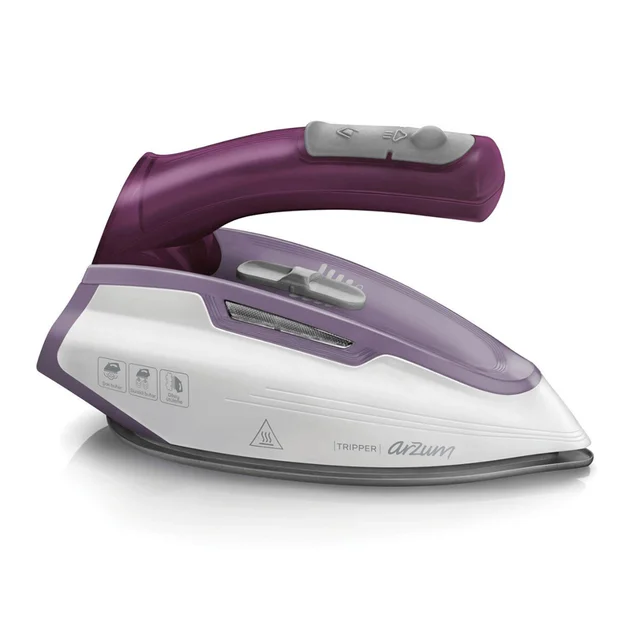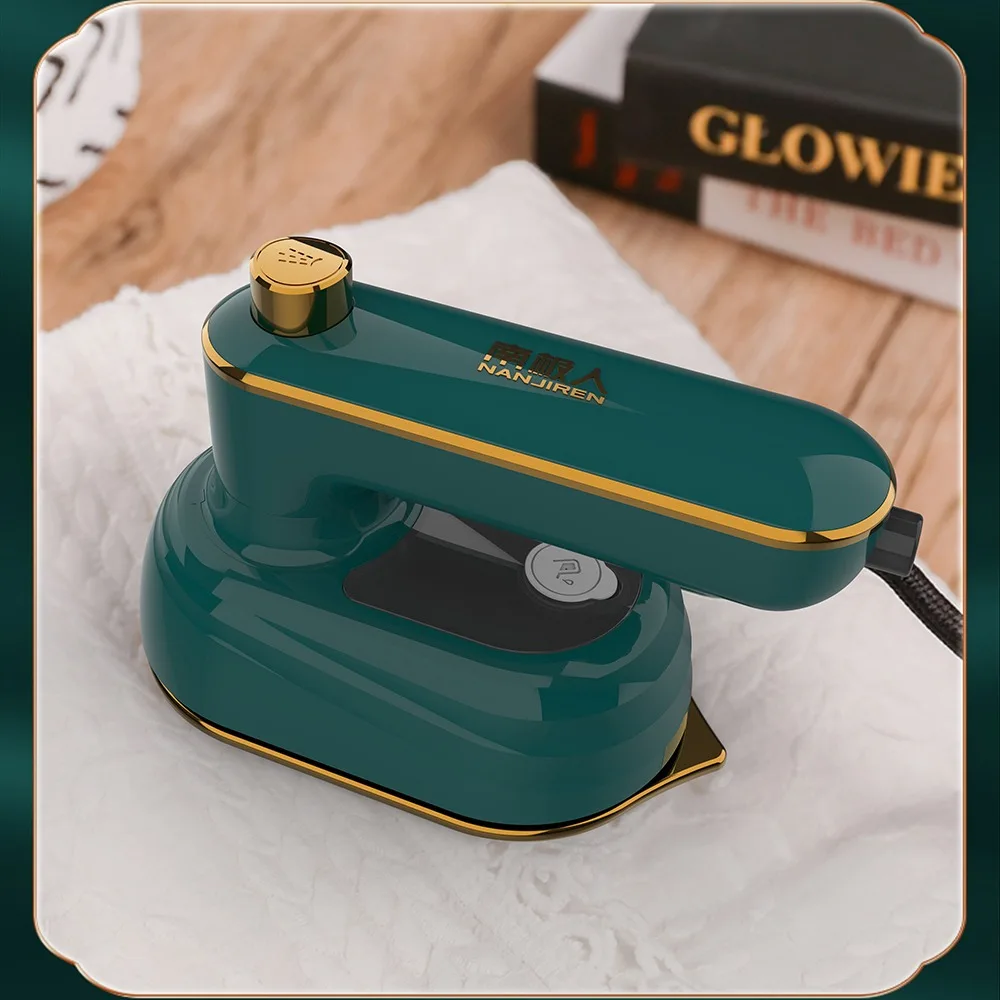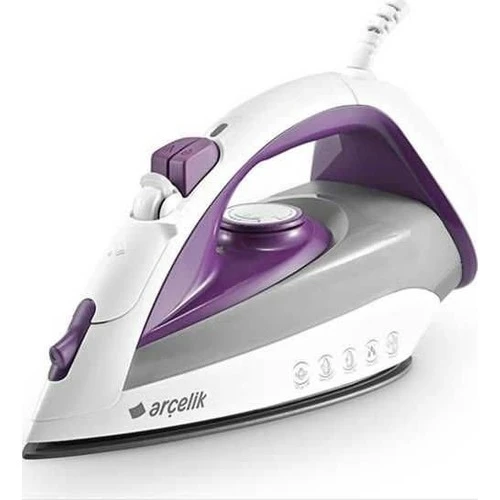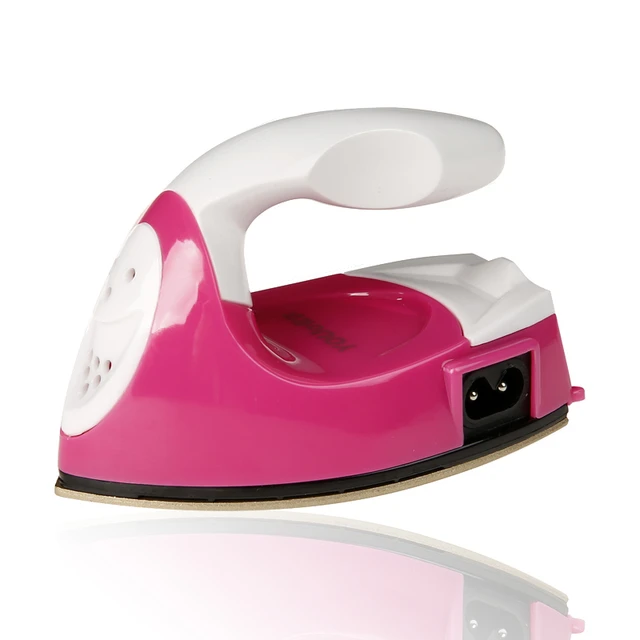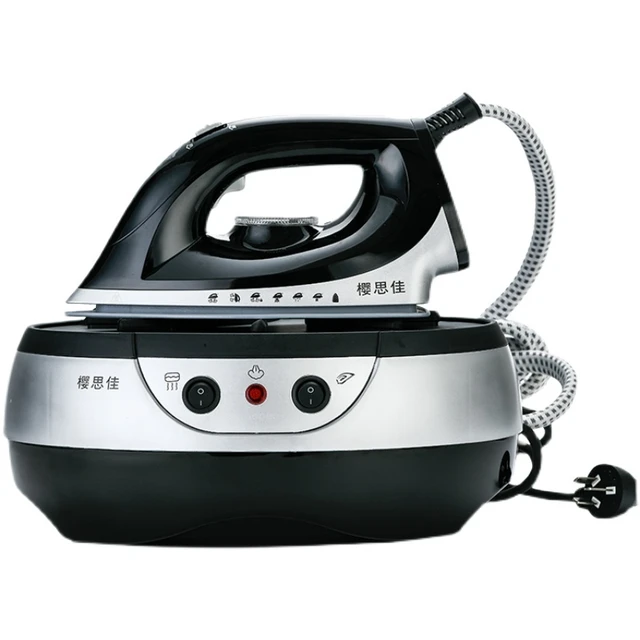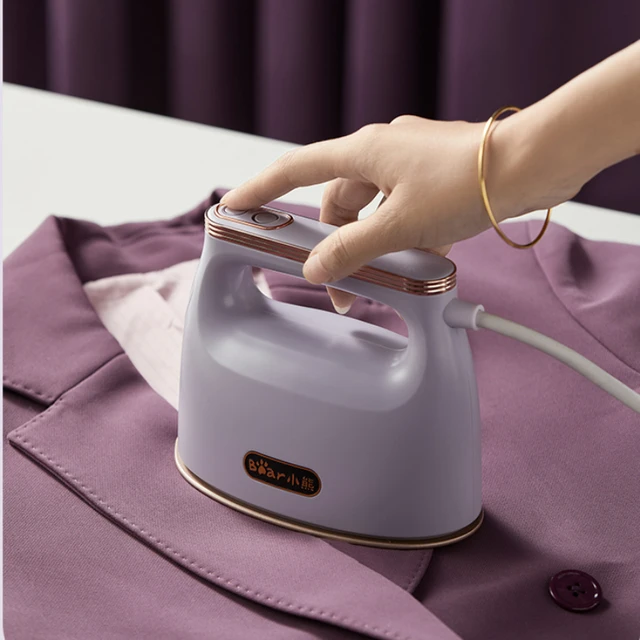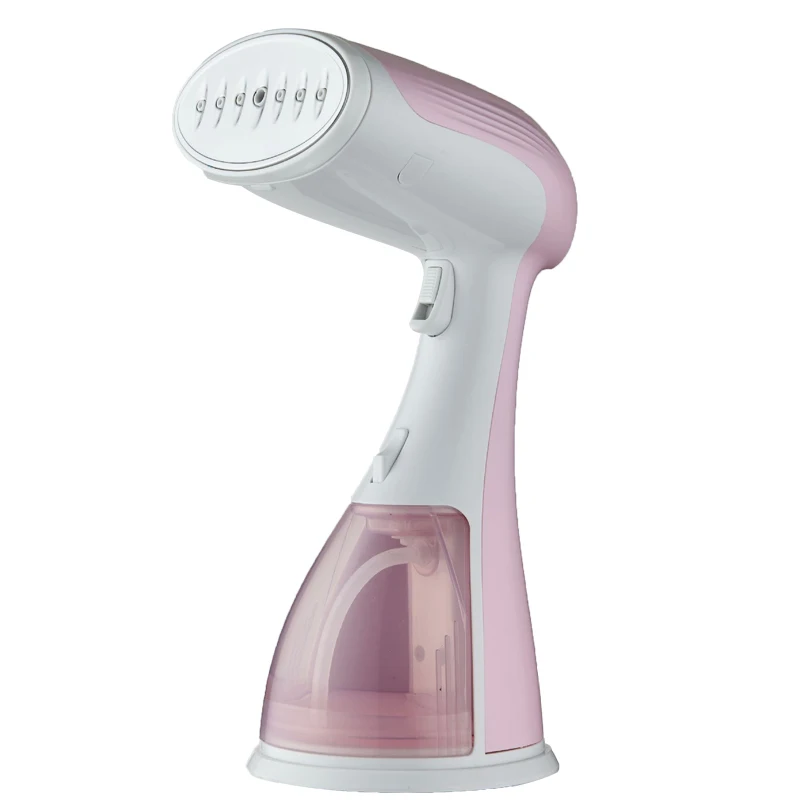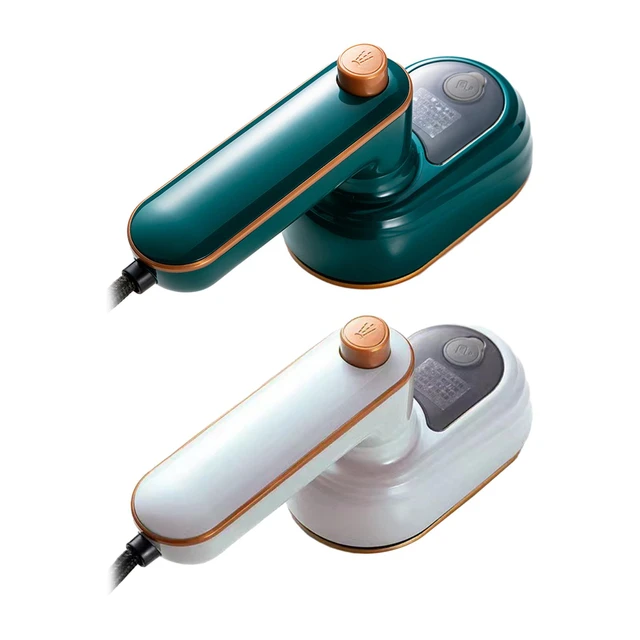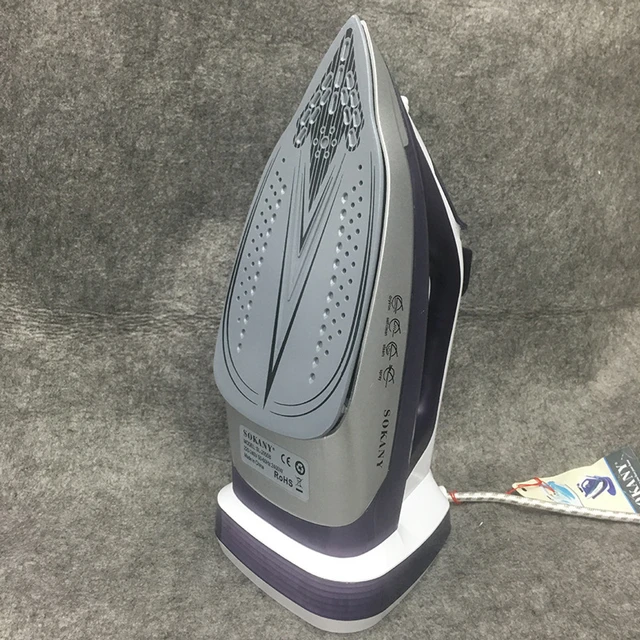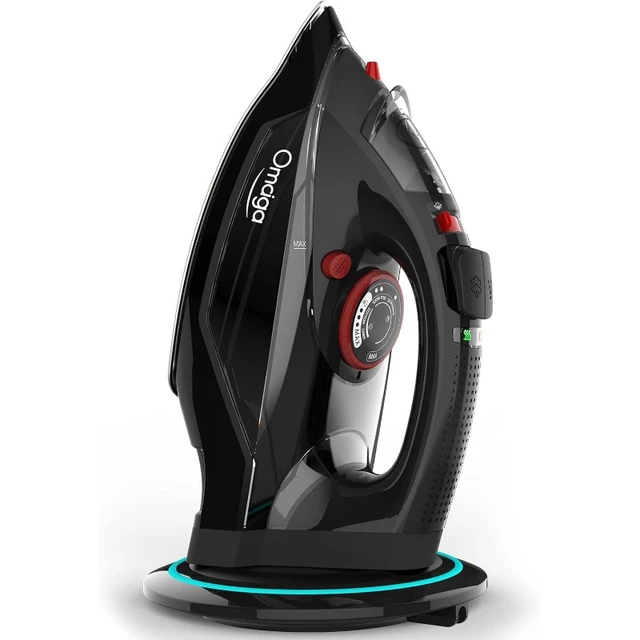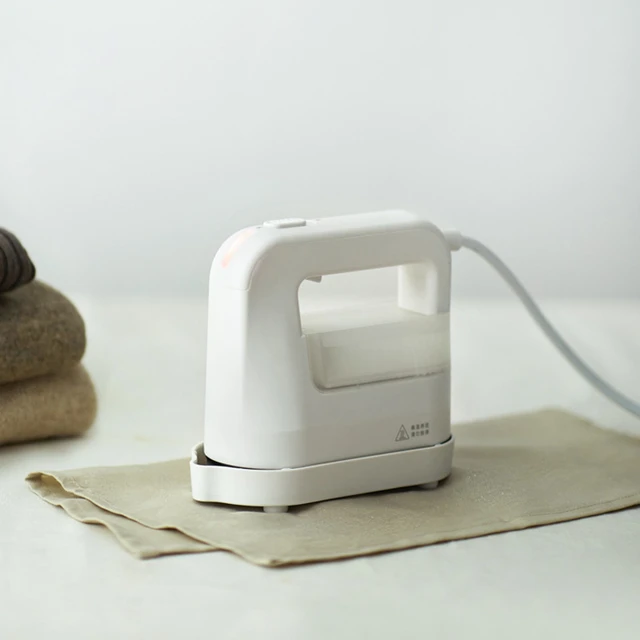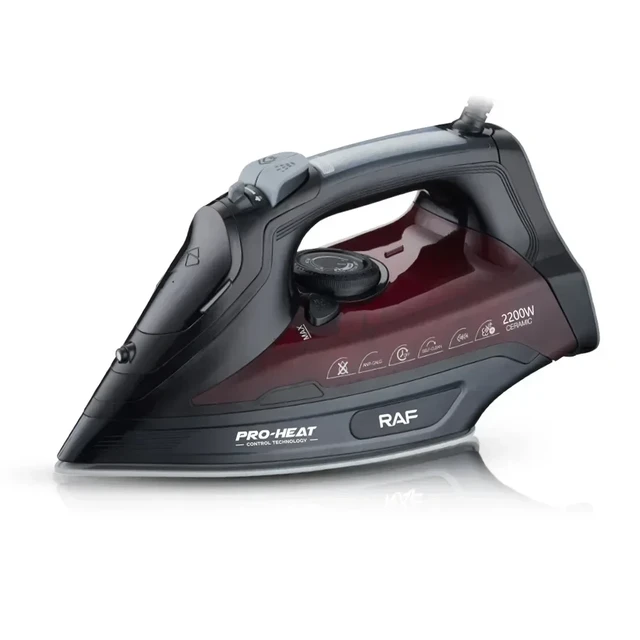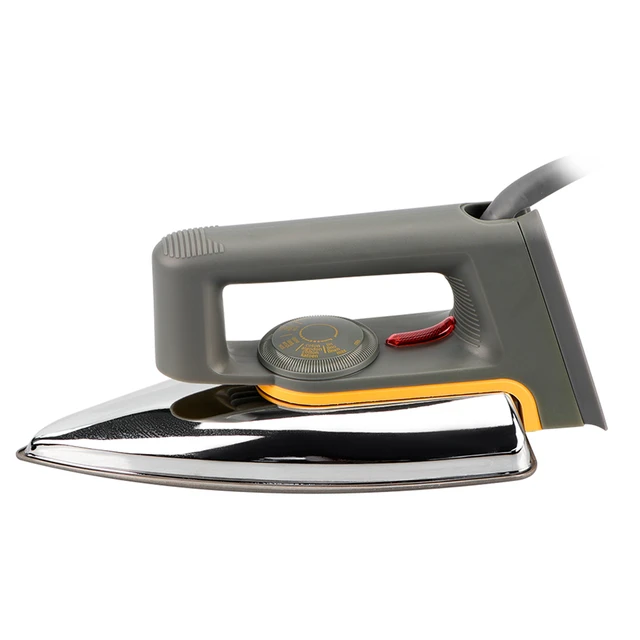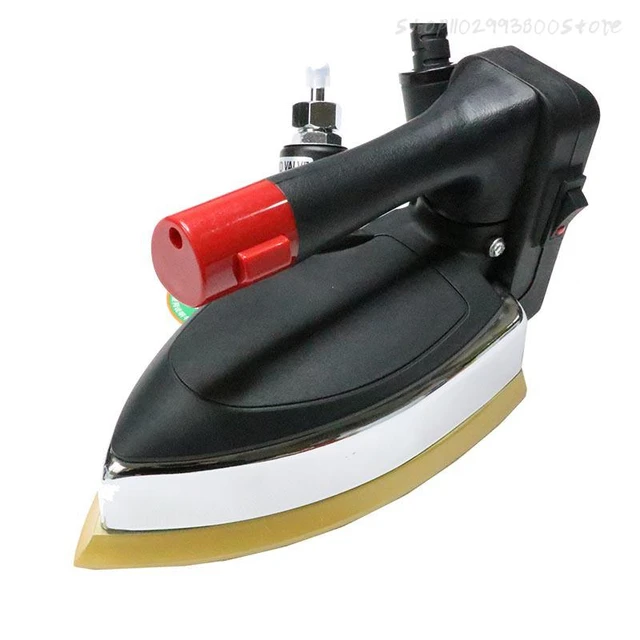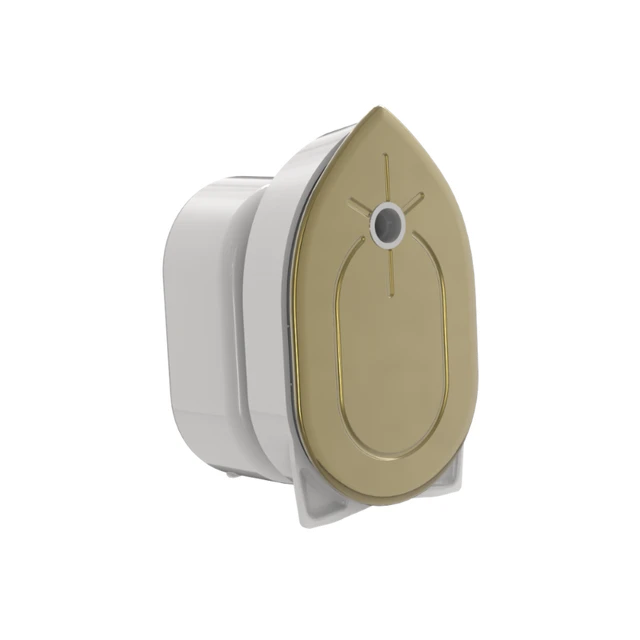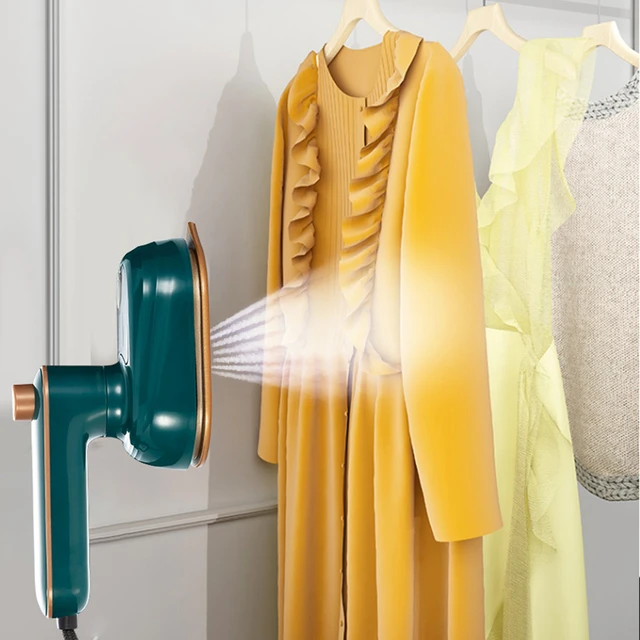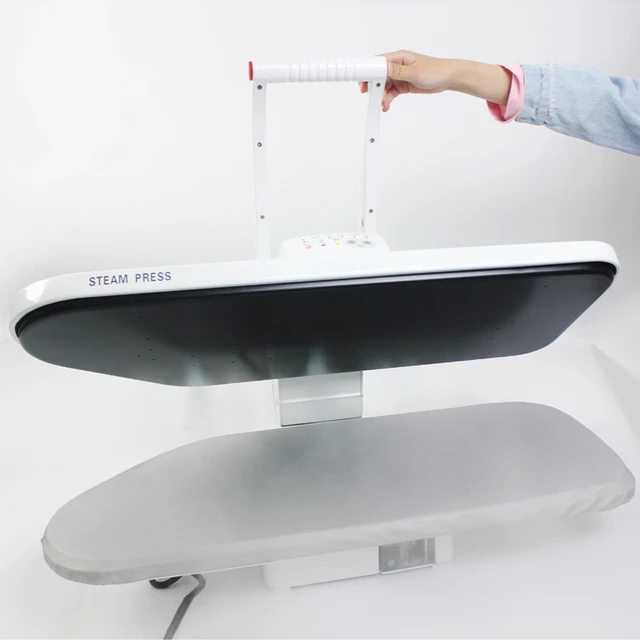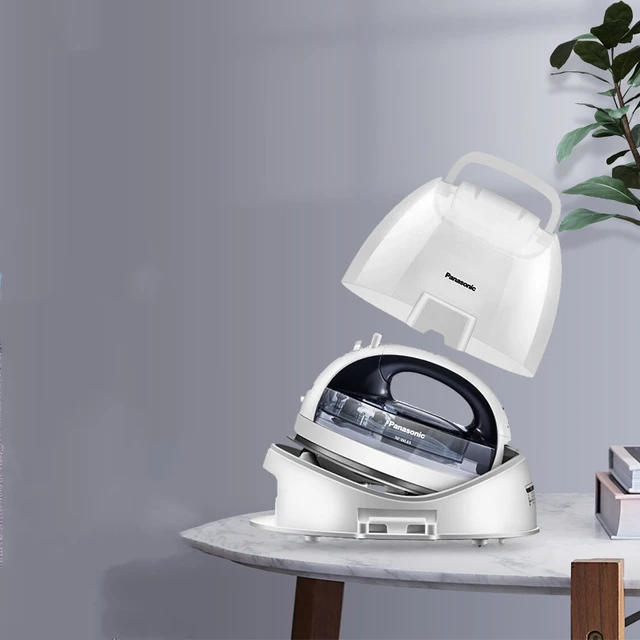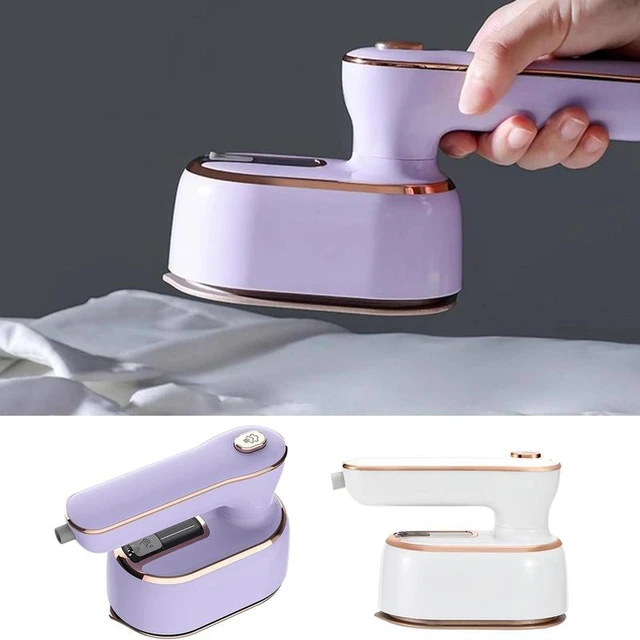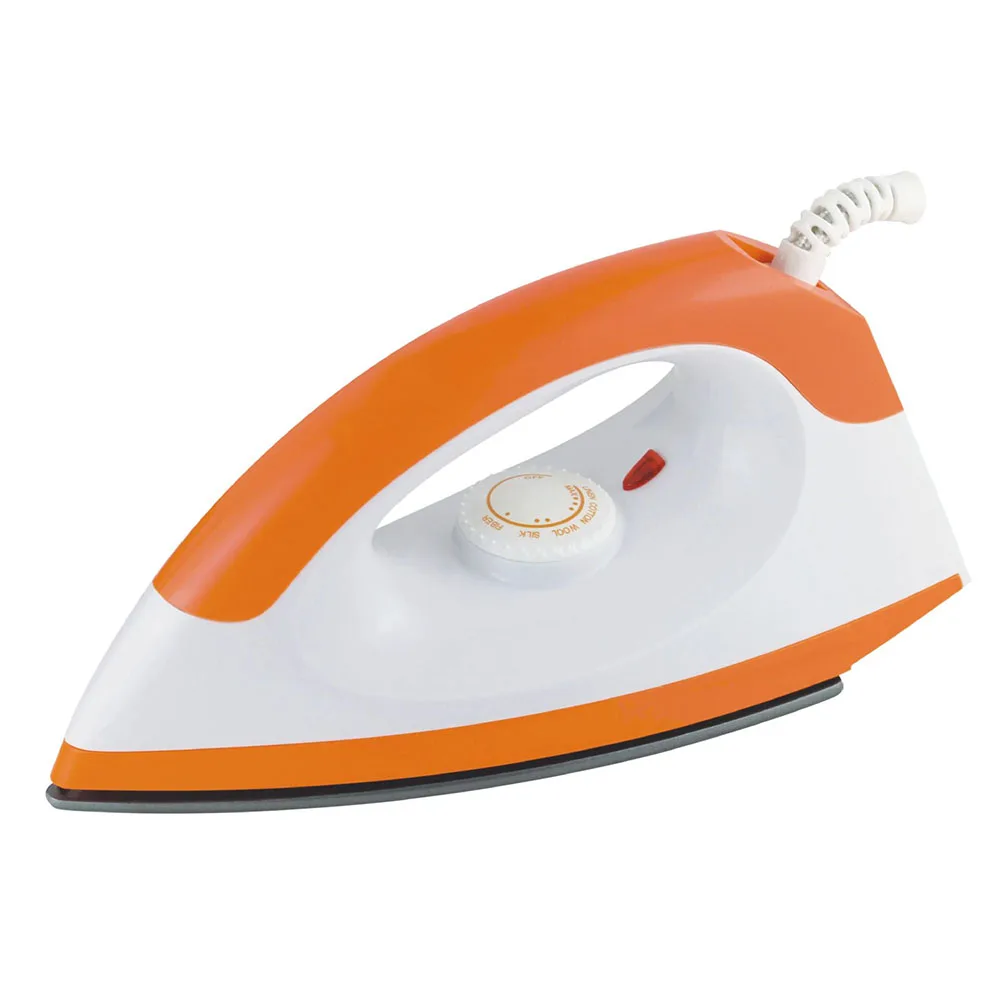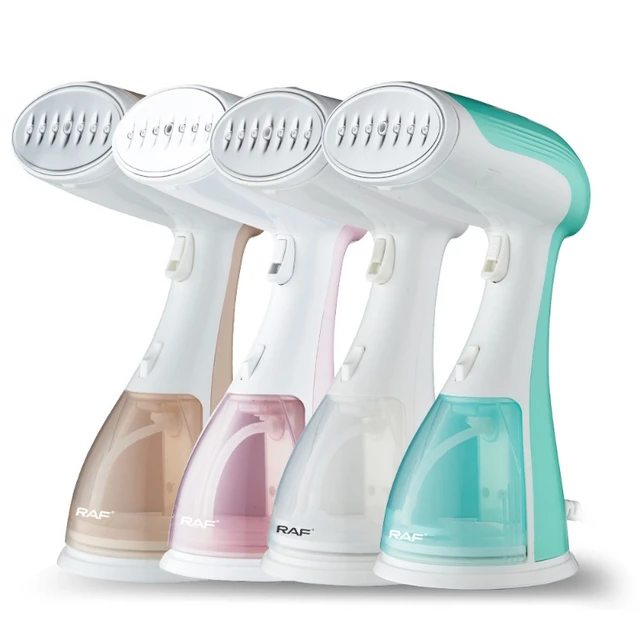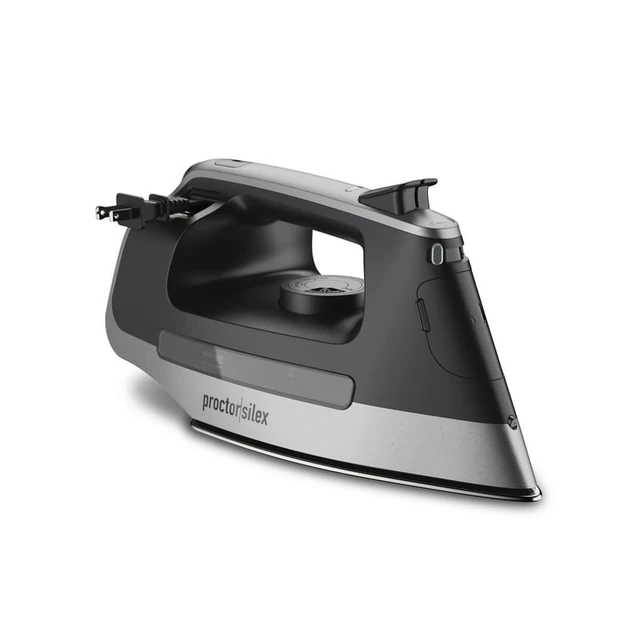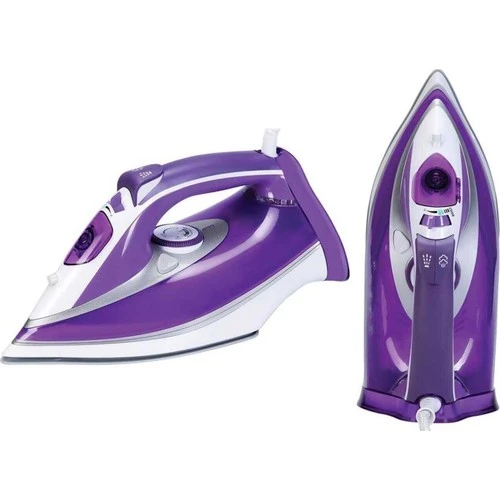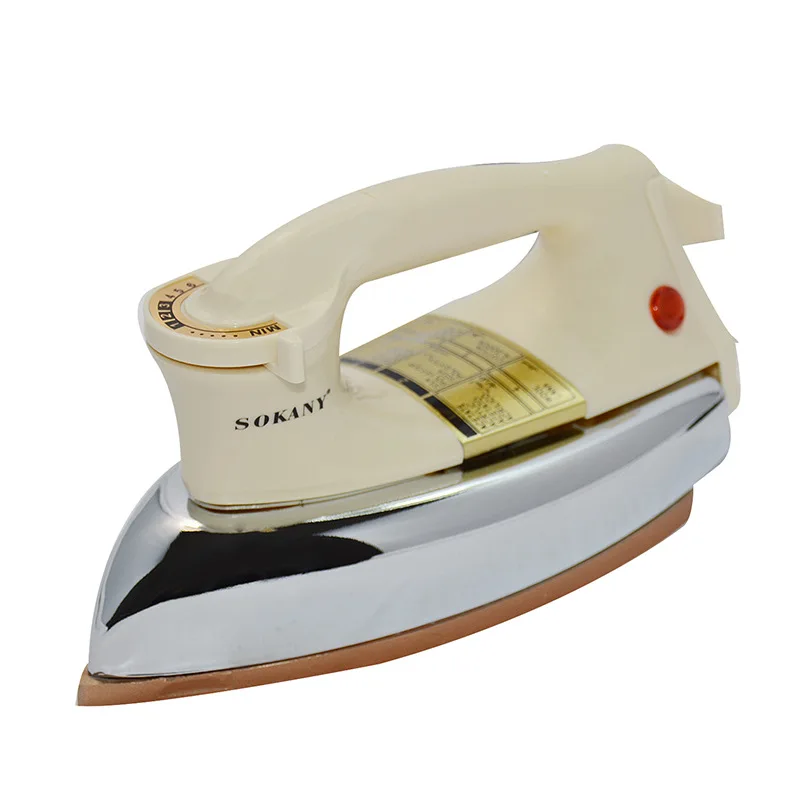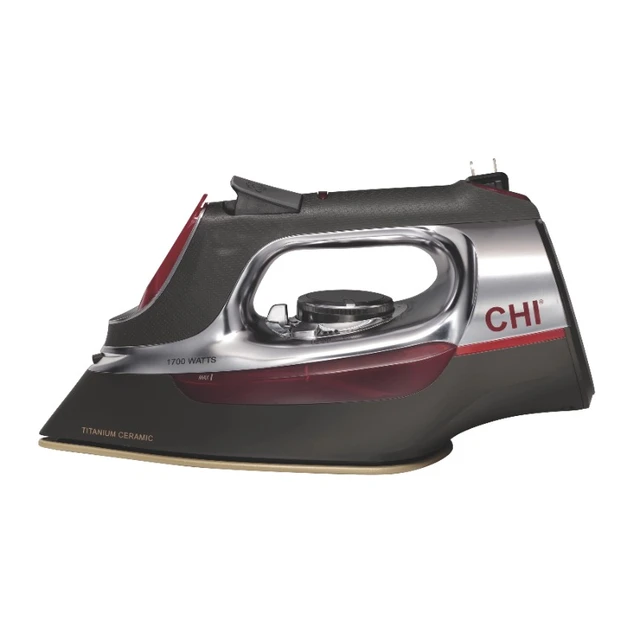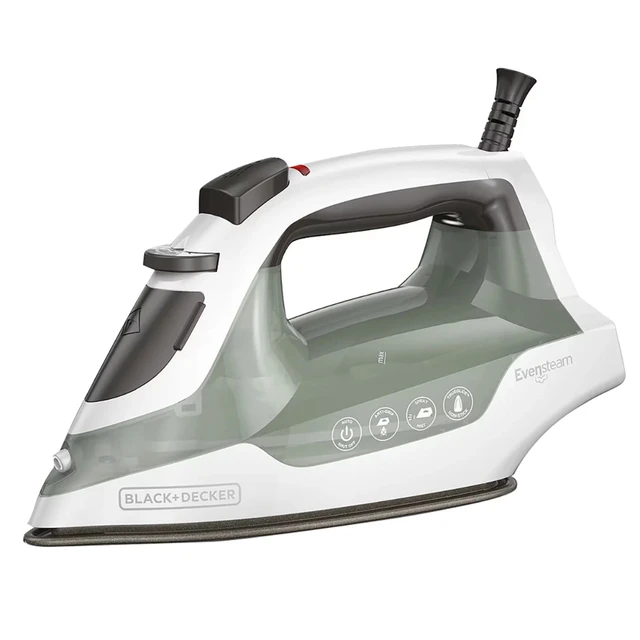Introduction
Iron shine, also known as iron scorch or iron marks, can appear on black clothes when the heat from an iron causes a shiny or discolored patch. These marks can be frustrating, as they are often difficult to remove and can spoil the appearance of your favorite black garments. However, with the right techniques and products, you can effectively eliminate iron shine and restore the original look of your black clothes. In this guide, we will explore various methods for removing iron shine, providing step-by-step instructions and helpful tips for optimal results. With these techniques, you can rescue your black clothes from unsightly iron shine.
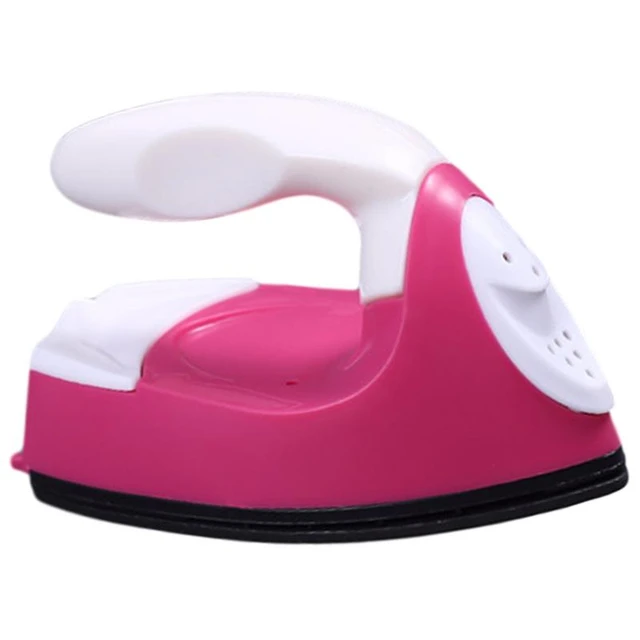
Understanding the Causes of Iron Shine
The Role of Heat
Iron shine often appears because of excessive heat during the ironing process. When the heat settings are too high, the fabric may become damaged. Synthetic fabrics, like polyester, are particularly vulnerable. When they are exposed to high temperatures, the fibers can melt slightly. This melting alters the surface and creates a shiny appearance.
Pressure’s Impact
Excessive pressure while ironing can also contribute to iron shine. Pressing down too hard can flatten the fibers, leading to a shiny finish. Like heat, pressure affects different fabrics differently. Natural fabrics like cotton might also show shine if pressed too hard when damp. Therefore, understanding how heat and pressure interact with your fabric is essential in preventing and treating iron shine.
How to remove iron shine from black clothes?
Assessing the Fabric
1.1. Identifying the Fabric Type
Different fabrics react differently to heat, so it’s important to identify the type of fabric your black garment is made from. Natural fibers like cotton, linen, and silk may require a different approach compared to synthetic fabrics such as polyester or nylon.
1.2. Checking the Care Label
Refer to the care label on your black garment to determine the recommended cleaning instructions and any specific precautions to take. Following the garment’s care instructions helps prevent further damage and ensures the best chance of successfully removing the iron shine.
Spot Treating Iron Shine
2.1. Preparing the Cleaning Solution
Mix a small amount of mild detergent or liquid dish soap with warm water to create a solution. Ensure that the detergent or soap is appropriate for the fabric type and color of your black garment.
2.2. Testing on a Hidden Area
Before applying the cleaning solution to the iron shine, test it on a small, inconspicuous area of the garment to ensure that it does not cause any adverse reactions or damage the fabric.
2.3. Applying the Solution
Gently dab the cleaning solution onto the iron shine using a clean, white cloth or sponge. Avoid rubbing vigorously, as this may damage the fabric or spread the shine further.
2.4. Blotting and Rinsing
After applying the solution, blot the area with a clean cloth or sponge to absorb the cleaning solution and any loosened residue. Rinse the area thoroughly with cold water to remove the cleaning solution and remaining shine.
2.5. Repeating if Necessary
If the iron shine persists, repeat the spot treatment process. It may take multiple attempts to fully remove the shine, depending on the severity of the mark.
Lemon Juice and Salt Method
3.1. Creating the Paste
Squeeze fresh lemon juice onto the affected area of the black garment, ensuring that the surface is fully saturated. Sprinkle a generous amount of table salt over the lemon juice, creating a paste-like mixture.
3.2. Rubbing and Soaking
Gently rub the lemon juice and salt mixture into the affected area using your fingers or a soft cloth. Allow the garment to sit for approximately 30 minutes, giving the mixture time to work on the iron shine.
3.3. Scrubbing and Rinsing
After the soaking period, scrub the affected area with a soft brush or sponge to loosen the iron shine. Rinse the garment thoroughly with cold water to remove the paste and any remnants of the shine.
3.4. Laundering as Usual
Wash the black garment following the care instructions on the label, using an appropriate detergent. Inspect the garment after washing to ensure that the iron shine has been completely eliminated. If needed, repeat the lemon juice and salt method or consider alternative techniques.
Vinegar Method
4.1. Preparing the Vinegar Solution
Mix equal parts white vinegar and water in a container. White vinegar is a natural cleaning agent that can help break down stains and residues, including iron shine.
4.2. Applying the Solution
Dampen a clean cloth or sponge with the vinegar solution. Gently blot the affected area of the black garment, ensuring that the vinegar solution fully saturates the shine.
4.3. Allowing Time for Penetration
Allow the vinegar solution to sit on the shine for approximately 15 to 30 minutes. This provides ample time for the vinegar to break down the iron residue and restore the fabric’s original appearance.
4.4. Rinsing and Laundering
Rinse the affected area with cold water to remove the vinegar solution and any loosened residue. Launder the black garment as you normally would, following the care instructions on the label. Inspect the garment after washing to ensure that the iron shine is completely gone.
Professional Dry Cleaning
5.1. Assessing the Fabric and Care Label
For delicate black garments or those with intricate designs, professional dry cleaning may be the safest option for removing iron shine. Check the fabric type and the care label to determine if dry cleaning is recommended.
5.2. Choosing a Reputable Dry Cleaner
Select a reputable dry cleaning service with experience in handling black garments and removing specific stains like iron shine. Inquire about their expertise and techniques for addressing iron shine.
5.3. Informing the Dry Cleaner
When dropping off the garment, inform the dry cleaner about the presence of iron shine and its location on the black garment. Provide any relevant details or precautions you have taken.
5.4. Assessing the Results
After the dry cleaning process is complete, carefully inspect the black garment to ensure that the iron shine has been effectively removed. If any traces of the shine remain, communicate this to the dry cleaner for further treatment.
Prevention and Additional Tips
6.1. Adjusting Iron Temperature
To prevent iron shine, adjust the iron’s temperature based on the fabric type. Lower heat settings are often suitable for delicate fabrics, while higher settings can be used for sturdier materials. Avoid excessive heat on black garments to minimize the risk of iron shine.
6.2. Using a Pressing Cloth
When ironing black garments, place a clean, white cloth or a pressing cloth between the iron and the fabric to create a barrier. This helps protect the fabric from direct contact with the iron’s heat, reducing the chances of iron shine.
6.3. Prompt Action
Attend to iron shine as soon as possible to improve the chances of successful removal. The longer the shine sits on the fabric, the more difficult it becomes to eliminate.
6.4. Professional Assistance
When dealing with valuable or delicate black garments, consider seeking professional assistance or guidance from a textile expert. They can provide tailored advice and techniques for removing iron shine without causing further damage.
Long-Term Care Tips
Proper Washing Techniques
Caring for your black clothes is vital to keep them looking new. When washing, opt for cold water to preserve color and fabric integrity. Cold water is less likely to agitate the fibers. Moreover, gentle cycles reduce friction, which can contribute to shine. Always use a mild detergent. Some detergents are specifically designed for dark fabrics, reducing fading and shine over time.
Storing Clothes Properly
Storage conditions can also impact your black clothes’ appearance. Avoid hanging heavy garments on thin hangers, as this stretches the fabric. Instead, use padded hangers for heavier items, which helps them retain their shape. Another important factor is avoiding direct sunlight, as it can cause fading and shine. Consider using garment bags or storing clothes in a dark, dry place. This protects them from potential damage.
Final Thoughts
Knowing Your Fabrics
Understanding the types of fabric you regularly wear can significantly influence your garment care. Different materials respond differently to heat and moisture. Familiarize yourself with the best practices for each type of fabric.
Future Precautions
Using the right techniques to care for your black clothes will keep them looking vibrant. Pay attention to ironing settings and choose quality tools. By taking these precautions, you can prevent iron shine in the first place.
Ongoing Learning
Caring for clothing is an ongoing learning experience. Stay informed about different fabrics and their care requirements. Equip yourself with knowledge to ensure that your black clothes maintain their beauty and charm for years to come.
Conclusion
Shiny iron marks on black clothes can be disheartening, but with the right techniques, you can effectively remove it. Whether you choose to spot treat with a mild detergent, use natural ingredients like lemon juice and salt, try vinegar, or opt for professional dry cleaning, each method offers a pathway to restore the original appearance of your black garments. It is important to assess the fabric, follow care instructions, and test on a small area before applying any cleaning solutions. With patience and the appropriate techniques, you can reclaim your black clothes from the unsightly effects of iron shine, ensuring they remain beautiful and flawlessly black.

